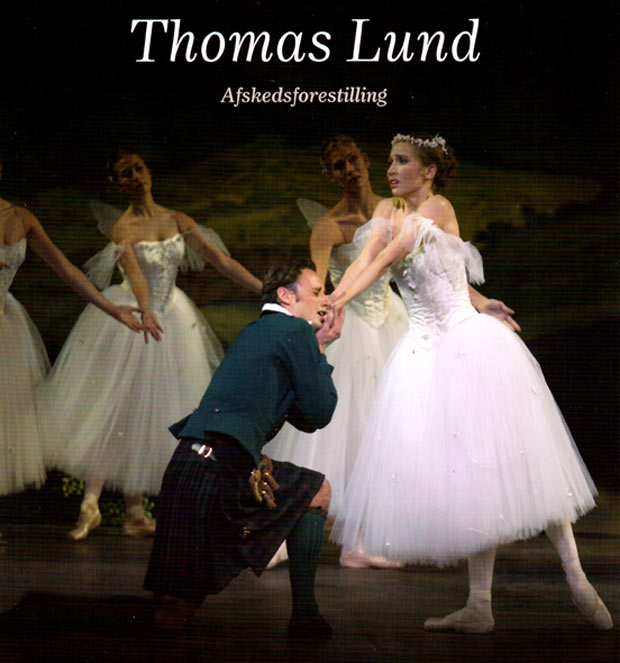
© Huset Mydtskov. (Click image for larger version)
Royal Danish Ballet
Thomas Lund’s farewell: The Lesson, La Sylphide
Copenhagen, Royal Theatre
29 September 2012
kglteater.dk
When the Royal Theatre in Copenhagen decides to put on a big night, the excitement starts to build before you even get there. From across the square you see that they’ve lit the ‘Festblus’ on the theatre roof, a row of lights like giant flaring torches, telling the whole town that there’s something special going on; a bit closer, and you notice the red lamps above the main doors – the performance must be sold out, months ago in this case; inside, it’s packed and there’s a huge buzz of anticipation. Last Saturday the Royal Danish Ballet was saying goodbye to one of its favourite sons – Thomas Lund, solodanser – and it was a brilliant, bittersweet evening.
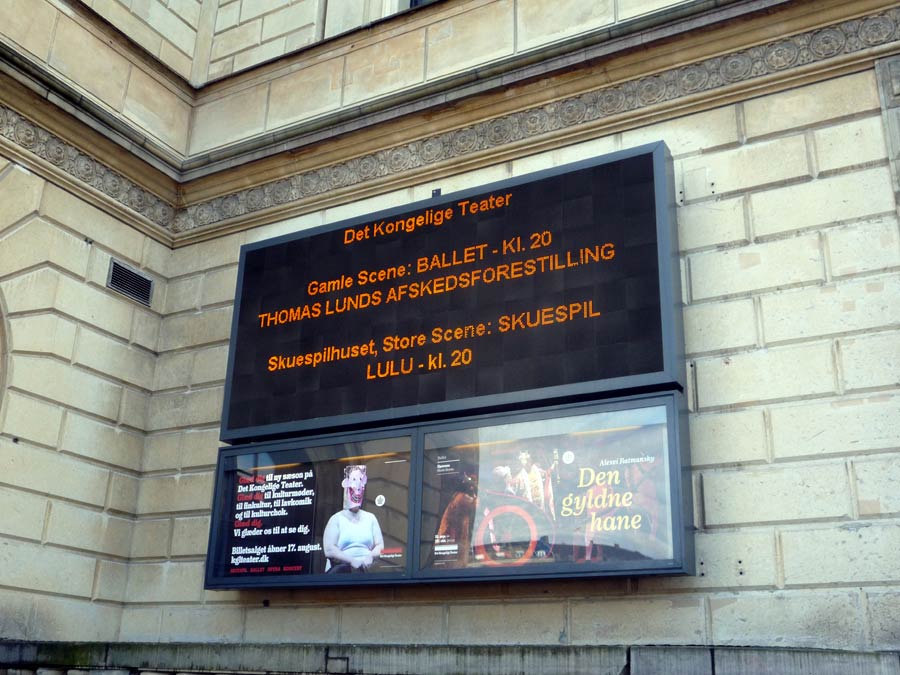
© Jane Simpson. (Click image for larger version)
The performance
Lund is moving on, two years before his official retirement date, to become the head of the RDB School. Though he’s been less employed than he might have liked over the last few years, he still has a wide enough repertoire to have been able to put together an entertaining and fairly easy programme if he’d wanted to: instead he chose two of the most demanding roles imaginable, the Teacher in Flemming Flindt’s The Lesson and James in La Sylphide. We’ve seen him in The Lesson quite often recently, and on each occasion he brings out some new aspect of the creepy, deranged instructor. This time he seemed rather more defiant, almost self-justifying at one point – a new sort of scary, though I still don’t think he’s ever bettered the terror and pathos of his very first interpretation.
It’s a long step, in a short interval, from this to James, and it’s been a long time, too, since the curtain last went up in this theatre to show us Lund and Gudrun Bojesen in La Sylphide’s famous opening tableau. Their performance in this ballet was one of the triumphs of the 2005 Bournonville Festival and since then I believe they’ve only danced it twice in Copenhagen – an extraordinary waste of a remarkable pairing, which has not only deprived audiences of a lot of pleasure but must also mean that there are young men in the company, future Jameses themselves perhaps, who have never seen Lund in the role before. I hope they were watching closely.
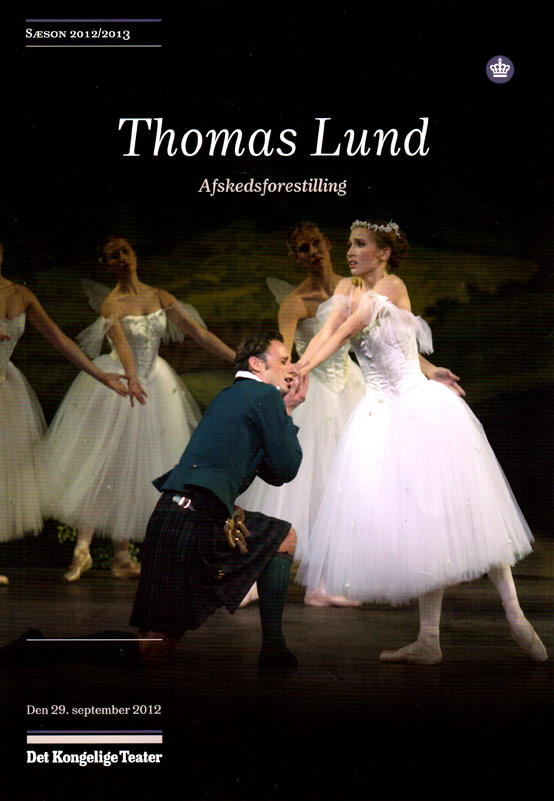
© Huset Mydtskov. (Click image for larger version)
If anything I think he danced the role better than in 2005: the jumps and the wonderful batterie are all still there, and his turns – which occasionally make him struggle – were in good shape as well. But the section I will remember most is actually a mime scene – the bit where the Sylph appears at the window and James persuades her to come down into the room to talk to him. He and Bojesen seem in such perfect accord – they even breathe together – and are so entranced by each other that the scenery could collapse around them and they wouldn’t even notice. The way they use their eyes, the weight Lund gives to his gestures – it’s a masterclass in acting and very moving as well. Bojesen is a lovely Sylph, much quieter and less skittish than the way she’s often played outside Denmark, and there’s a mystery about her, a suggestion of the unknown, which makes James’s obsession entirely understandable. Her death scene and his heartbreak, given such added poignancy by the knowledge that we were seeing this for the last time, were so powerfully done that even on this special occasion there was a second of silence between the curtain falling and the applause beginning.
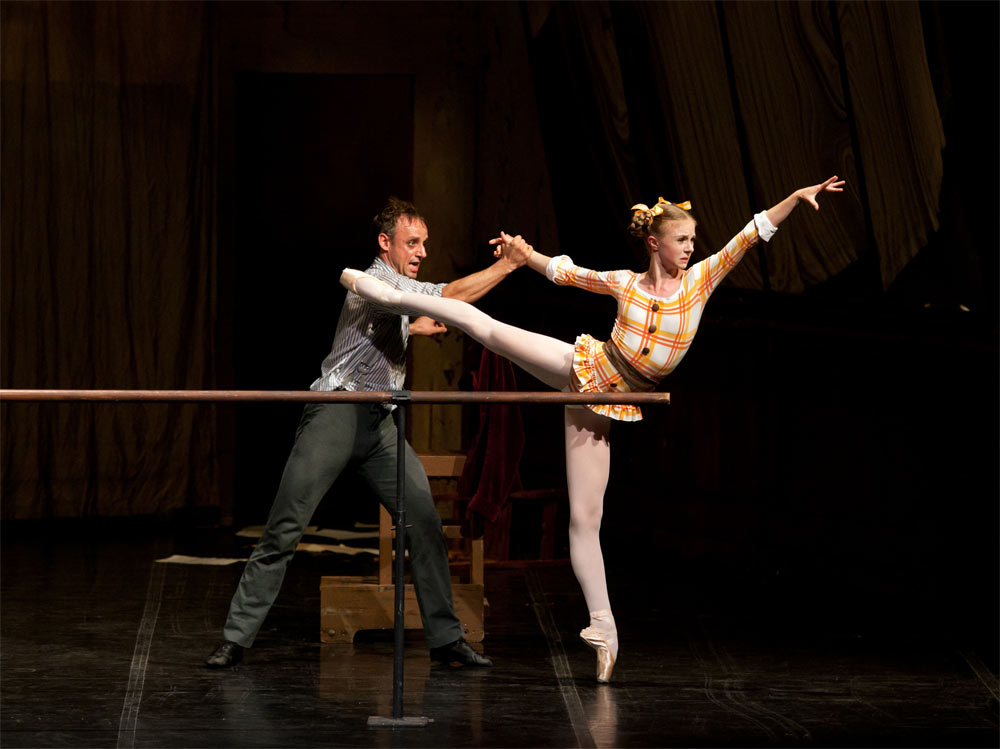
© Costin Radu. (Click image for larger version)
The celebration
And what applause! First of all for the rest of the cast: a happy mingling of old friends and colleagues (Diana Cuni as Effie, Lis Jeppesen as Madge) and the new generation (Alexander Stæger as Gurn, Hilary Guswiler as the leading Sylph) – the same mix as we’d seen in The Lesson, where Lund’s contemporary, Gitte Lindstrøm, was the exasperated Pianist and young Ida Praetorius, just taken into the corps de ballet after her apprenticeship, was the hapless Pupil. Then, breaking the usual order, came Bojesen, pale and clearly distressed; and finally Lund, running out to take the ovation of his life. He stopped by Bojesen to kiss her hand and by the time they took a joint call they were both in tears: it’s the end of a long, extremely rewarding and evidently very happy partnership and as ever, it must be harder for the one left behind – the saddest part of the whole evening was the sight of Bojesen crying inconsolably whilst Lund tried in vain to comfort her.
Meanwhile the entire audience was on its feet, stamping on the wooden floor and applauding. Lund took a call alone on the empty stage – something I imagine every dancer must secretly dream of – and then was joined by a long procession of ladies he’d worked with or partnered over the years, from Kirsten Simone and Vivi Flindt through to the newest principal, J’aime Crandall. The principal men had already made an appearance, or at least so I’m told – I’d had a vague impression in the first act of La Sylphide that there were more people on stage than usual, and I slightly wish I’d taken my eyes off Lund for long enough to notice that they included all his senior colleagues, all in their kilts in his honour. Finally Nikolaj Hübbe arrived to present the traditional bouquet, tied up with ribbons in the Danish colours (there’s no tradition of flower showers here), and – trying hard not to cry – he read a short speech focusing on how much Lund is loved by both his audience and his colleagues. And on the count of 3 we were all instructed to bow to the evening’s hero – it may sound cheesy in cold print but at the time it seemed perfectly natural. The tallest men in the company seized Lund and threw him three times in the air, and that was almost that. My only tiny criticism of the whole evening would be that they might have brought the final curtain down two or three minutes sooner – by then even Lund was running out of graceful responses and starting to look with longing at the champagne the Theatre Director had brought on. But it had been a marvellous and emotional demonstration of affection from a very grateful and regretful audience.
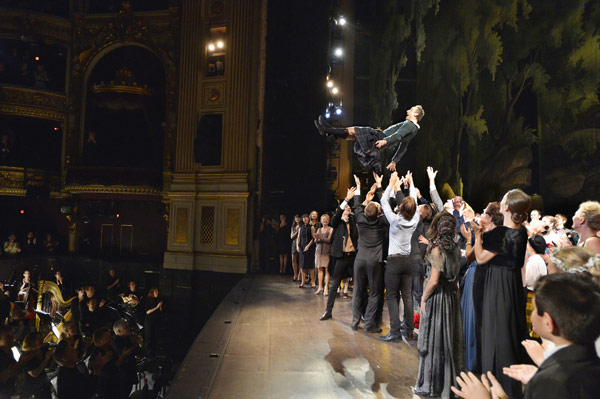
© Henrik Stenberg. (Click image for larger version)
The dancer
Several times during the evening I wondered how much anyone who happened never to have seen Lund before would have understood about him from this performance. They would have learnt about his peerless Bournonville technique, and about his ability to get under the skin of the character he’s playing, however far removed from his own temperament; but that’s not the half of it: they wouldn’t know that he’s a brilliant comedian, or that he can somehow transform himself from an airborne sprite (in Kim Brandstrup’s Ghosts for instance) to a dense, energy-packed power-house in Balanchine’s Symphony in three Movements. They might well not have noticed his intense musicality, or the way he can focus our attention so closely on what he’s doing that time seems to stop, or the way – as one Danish writer put it – that his gaze can hold the whole theatre.
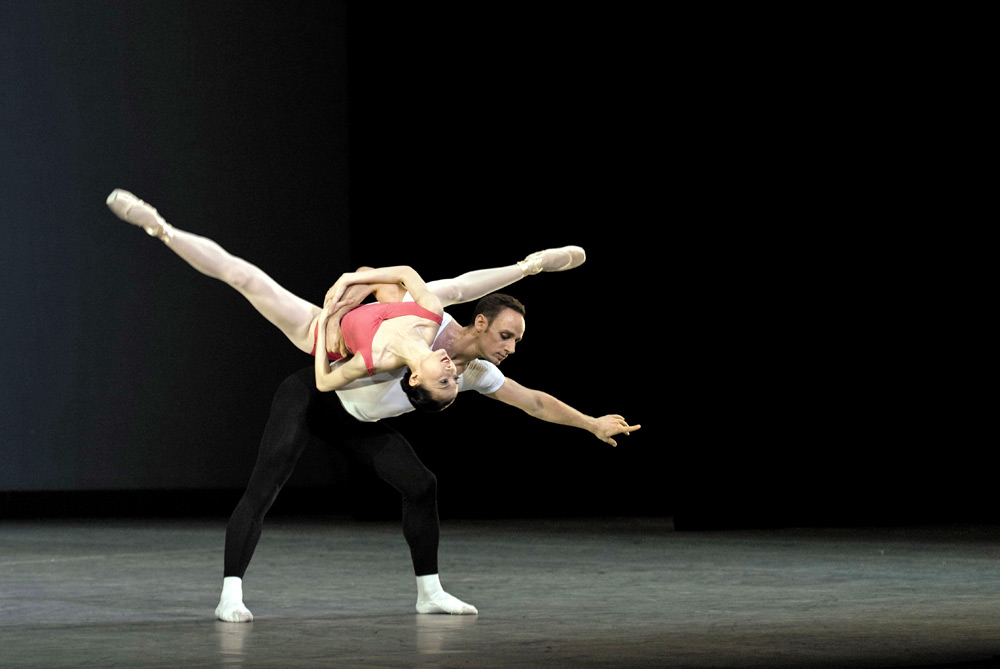
© Kyle Froman. (Click image for larger version)
Most of all, I don’t think these hypothetical spectators would have seen what it is that, for me, makes Lund one of the most rewarding dancers I’ve ever known. The first Danish dancer I admired was Erik Bruhn: beautiful, remote, perfect – a sort of demi-god, from a different world. You watched with awe but there was nothing you could learn from him, no way to engage with him. Lund, in complete contrast, is human: a fallible and vulnerable man, with the courage to let that show and the grace to accept it. In a ballet when he’s just himself, not playing a character, he walks out on stage seemingly with no defences at all: this is who he is, take from him whatever you need. It’s for that that I value him the most.
I do have just one small disappointment for him, though. In a recent interview on the theatre’s website he was asked how he would like to be remembered, and he said ‘As an honest artist with a feeling for the details of dance’. Maybe that will be the verdict of history, in the long run – after all this is just the end of a chapter for him and most of his career may still be ahead – but ask someone who’s followed him as a dancer to tell you what Thomas Lund was like and I’d bet you’d get a very different answer: they’d smile and their eyes would light up and they’d say “Thomas?… oh yes… he was lovely.”
Tusind tak, Thomas.








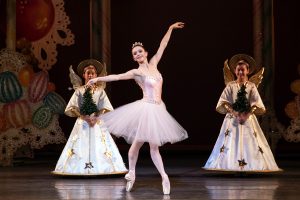


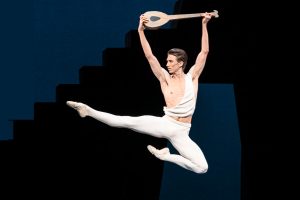
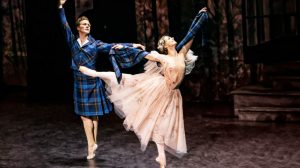
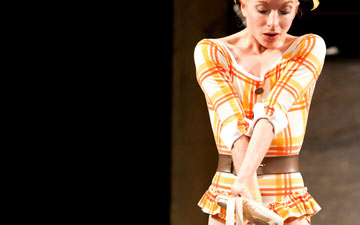
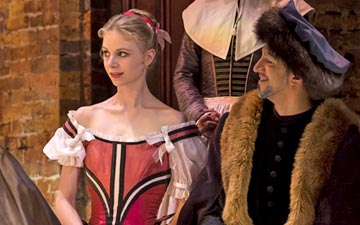
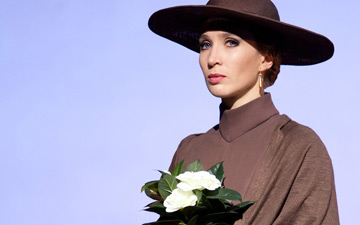
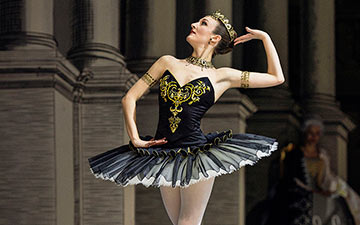
You must be logged in to post a comment.